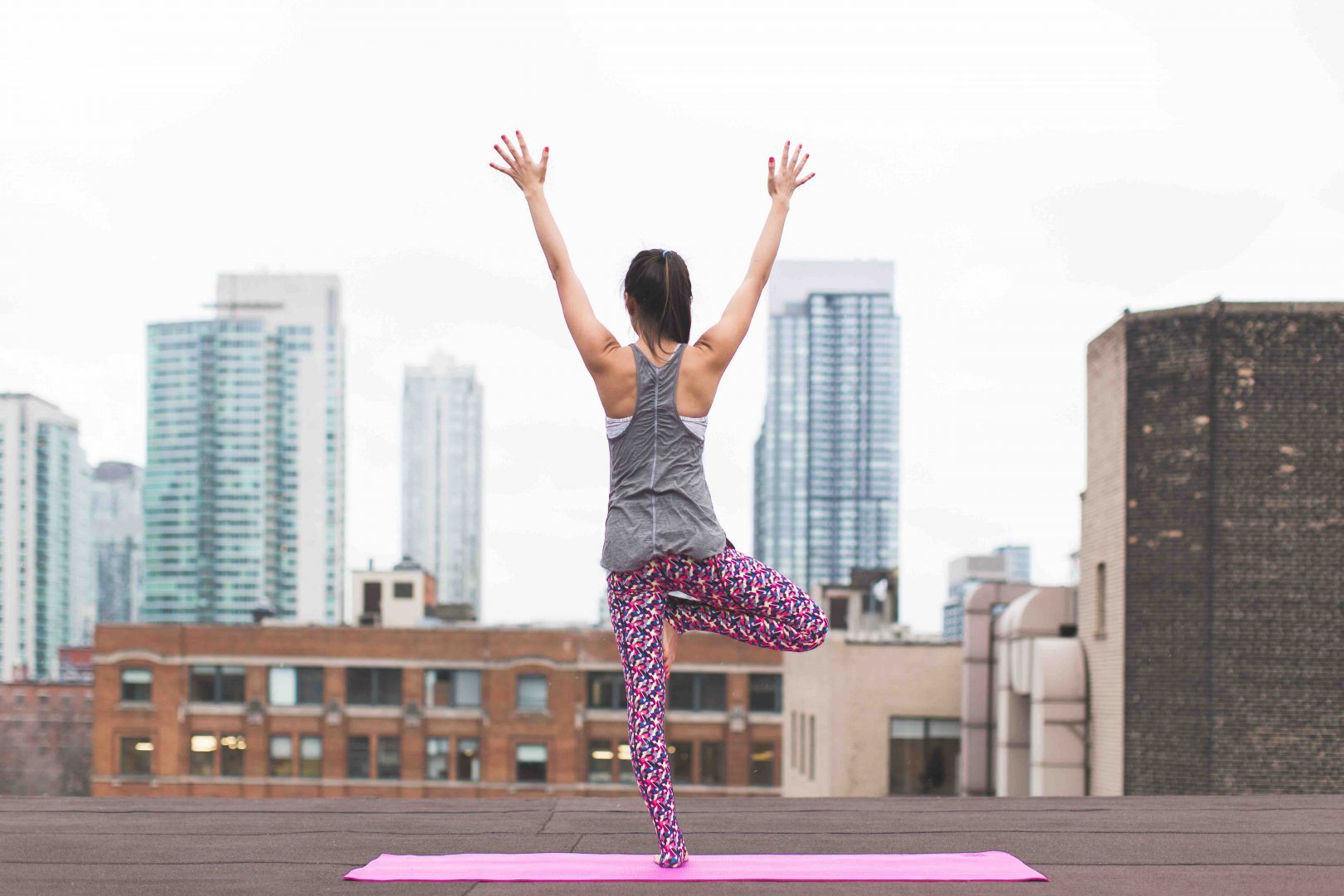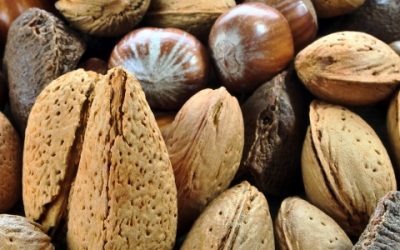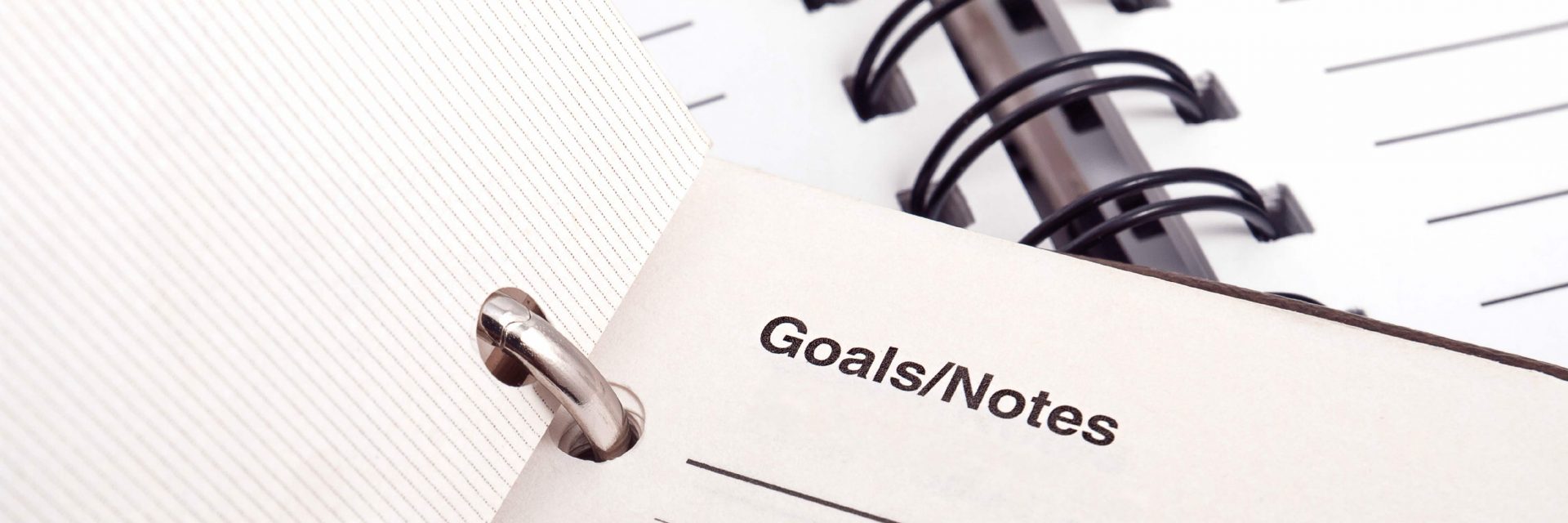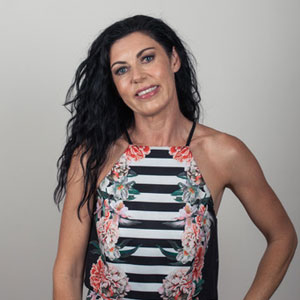SHAPE UP FOR SUMMER, WINTER AND BEYOND!
Have you been in hibernation over winter? Has exercise been on the bottom of your list of priorities? Well, you’re not alone. As the days get longer and warmer, you and thousands of other Australians have decided to get into shape before summer arrives in full swing. But before you start frantically pounding the pavement, remember to start slowly and gradually build up, so your body has a chance to catch up with the high hopes of your mind. As cliched as it sounds, you have to walk before you run.
In the USA, the highest rate of heart attacks occurs each year with the first snowfalls. Why? Because all those Americans who have lazed about all summer rush out and madly start shovelling snow off their driveways and footpaths. This type of activity, being a static exercise with a dynamic component, places more stress on the heart than most other forms of exercise. The result for those people whose hearts are not prepared? Myocardial infarction or, as it’s more commonly referred to, a heart attack. Your body takes time to lose fitness and, conversely, time to regain it.
So where do I begin?
You already have. By deciding you want to get fit, whether for summer or for good, you’ve made the first big step. Now here are a few vital components to consider:
- If you’re very unfit, have a heart condition, or are over 35, consult your doctor before embarking on an exercise program. Your doctor can suggest the starting point and exercises most suitable for you.
- Set some goals, both short and long term. Long term goals are great for the big picture, but you will need smaller, short term goals to make progress and to make that big goal seem achievable. For example, your long term goal may be to exercise 5 days a week for an hour each day. But your short term goal may be to exercise 3 times a week for 20 minutes. It often helps to write your goals down and stick them up somewhere so they’re staring you in the face.
- Make an exercise plan. This is important at the start when you’re creating new habits. Once exercise becomes a habit, the plan occurs automatically. Plan what time and day you’re going to exercise and stick to it. If your will power is questionable, plan to exercise with a friend. It’s much harder to cancel a commitment involving someone else – one of the major benefits of personal trainers!
- Devise a fitness program. The 3 main ingredients for a complete program are strength exercises, aerobic exercises and stretching. Vary your exercises so you don’t over-train some muscles while neglecting others. This also helps prevent boredom. Strength exercises require some type of resistance, which can be in the form of weights, or simply your own body weight, such as with push-ups, sit-ups, dips, lunges, etc. Aerobic exercises are those that get your cardiovascular system working and include walking, running, swimming, cycling, skipping and any other ‘moving’ activity. After your workout, stretch your major muscle groups (arms, legs and torso), as well as any smaller muscles that you’ve just worked. For example, if you’ve done dips, make sure you stretch your triceps.
- Know what you’re in for. Technique is very important, particularly when it comes to weight training and stretching. If you’re unsure of how to correctly do an exercise, I suggest you get hold of Lisa Curry’s Total Health and Fitness. This book is great at explaining the execution of most exercise techniques and uses very clear pictures so even a complete novice can understand. It also gives some basic guidelines to help devise your own fitness program.
- Pick a day to start. And start!
General Principles
- If fat loss is your goal, exercise at a low to medium intensity for a longer duration (30–40 minutes minimum). Walking is an excellent fat loss exercise. Remember you can’t spot reduce fat deposits, so doing hundreds of sit-ups will not cure a pudgy stomach. They’ll simply tighten and tone the abdominal muscles under the layers of fat! You need to do aerobic exercise to get rid of the fat.
- If you want to increase your cardiovascular/aerobic fitness, or increase your endurance, you need to do aerobic exercises with an emphasis on goals. Gradually increase the distance you run, swim or cycle, or complete the same distance but in a shorter period of time.
- If you want to improve your strength, weight training is ideal. Gradually increase the weights you lift. If you’re using your own body weight as resistance, increase the number of repetitions you do. For example, go from 10 push-ups to 12.
- If your goal is to improve muscle tone without adding bulk, use lighter weights with a higher number of repetitions, or use your own body weight as resistance.
- To increase your flexibility and suppleness, stretching is the key. Yoga is also great for achieving this goal.
- While your program should reflect your core goal, still include other aspects of fitness. For example, don’t confine your program to strength training as you’ll still be unfit in cardiovascular terms and probably have little flexibility due to the muscle shortening effect of strength training. As with most things in life, too much of one thing is not good, so remember to cross-train.
- Start slowly and gradually build up, no matter how hard it is to restrain yourself. If you overdo it at the beginning, you’ll only risk injury. Keep your exercises varied to avoid straining – you can get RSI from exercise as well. Tennis elbow and runner’s knee are two very common overuse injuries.
- Even when you finally reach your peak condition, treat your body to a day of rest or have lighter training days to allow your muscles to recover.
Muscle tissue has a higher metabolic rate than fatty tissue, so as you reduce fat and develop muscle tissue, you’ll enjoy the benefits of a faster metabolism. You’ll also look and feel so much better.
We’ve only looked here at half of the total health equation. Diet also plays a very important role. But at least if you’re exercising, you can treat yourself to the odd chocolate without so much guilt. It’s amazing how much better it tastes!
So go on – start getting fit for summer. And if you do, my challenge to you is this – don’t just stop at summer. Get fit for life – stay fit and healthy all year round. You may actually enjoy it!






















